All Blacks fans can look forward to an exciting new international schedule following the announcement of a new-look five-year calendar for the southern hemisphere’s SANZAAR partners.
From 2026 to 2030 the All Blacks…
All Blacks fans can look forward to an exciting new international schedule following the announcement of a new-look five-year calendar for the southern hemisphere’s SANZAAR partners.
From 2026 to 2030 the All Blacks…
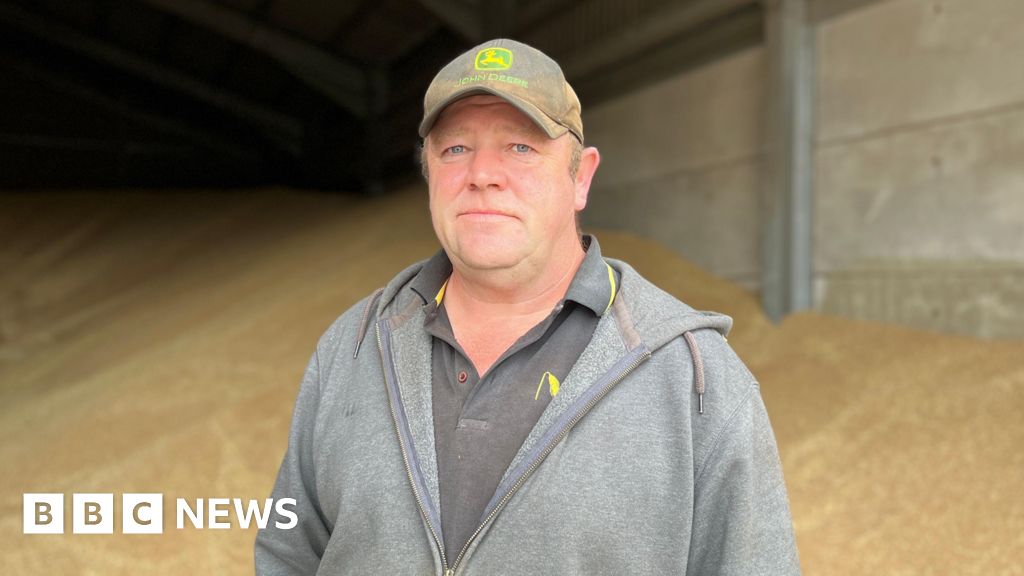
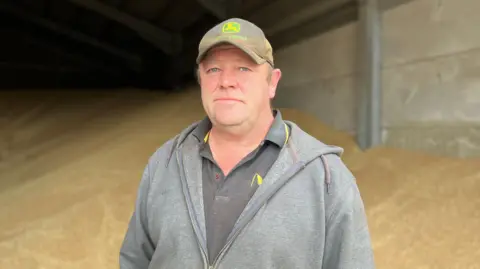 BBC
BBCFarmers have blamed extreme wet weather followed by prolonged dry spells for a very poor harvest.
Dan Willis, who runs a farm near Newbury, said the weather had been “horrific”.
While George Brown, who also farms in West Berkshire, said he thought the conditions could lead to some farmers selling up.
Provisional government figures for the 2025 English barley harvest showed a 14% decrease compared to last year, while spring barley had fallen 23%.
Dan Willis runs the 1,500-acre Rookery Farm near Newbury. He said it had been a terrible harvest.
“Probably the worst I’ve recorded in my career, over 40 years.
“The weather has played its part horrifically. We had an extremely wet autumn, an extremely wet winter, followed by an extremely dry spring and summer.
“It really did impact the yields. Something in the order of between 50 and 70% in places.
But he believed farmers were very ingenious.
“They will find ways around things. They’ve got great resolve, that’s why we still produce food,” he said.
“If we didn’t have that resolve farming would be long gone in this country.
“You draw deep that you have friends which are in a similar position that you can talk it through with and you’ve got your family, and you’ve got to lean upon them.”
Government figures also revealed the majority of the main cereal crops saw lower yields this year compared to last year, with winter barley a notable exception.
Despite there being a nearly 10% increase in land dedicated to growing oats, that crop also showed a decrease in yield this year.
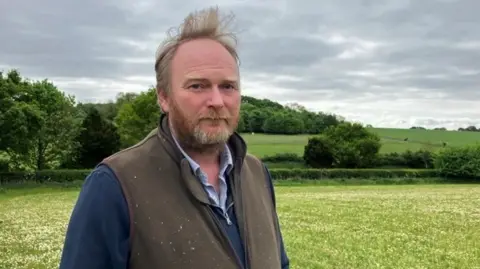 George Brown
George BrownGeorge Brown runs Priors Farm near also Newbury. He said it stayed dry for so long “I guess you can be grateful that you got any sort of crop”.
“Coming through June I think we were all very worried that we weren’t getting to a harvest at all at that point,” he said.
George thinks some farmers are selling up because of the financial pressures they are facing.
“If you look, there’s a huge amount of farm auctions, farm dispersal sales going on constantly at the moment,” he said.
“There’s a lot of land for sale. People don’t have the confidence to carry on.
“I absolutely want to keep farming, it gets to the point where if there’s no money in it then you’ve got to take a change of tack,” he said.
Dr Paola Tosi, an associate professor in Crop Science at the University of Reading, thinks farmers may have to get used to these conditions.
She said: “They’ve been extreme in the sense that they’re some of the worst we’ve seen on record, but I’m not sure we should use the term ‘unusual’.
“Last season was also not good.
“This could be the new usual. We need to come to terms with and tackle and make sure we prepared to fight it. To control it, to mitigate it.
“At the University of Reading there is research going back to 1990 saying that this was going to happen and that crops were going to suffer,” she said.

A football fan with dementia who led out the England men’s team at Wembley last week feels frustrated he can no longer remember the big moment.
Adron, 81, was one of 22 people living with dementia who walked out with the England and Wales team…

9pm, Sky Atlantic
There’s a propulsive opening to Niamh Algar and Tom Hollander’s cat-and-mouse thriller. Iris Nixon (Algar) is an elusive puzzle-solving genius who is invited by entrepreneur Cameron Beck (Hollander) to solve…
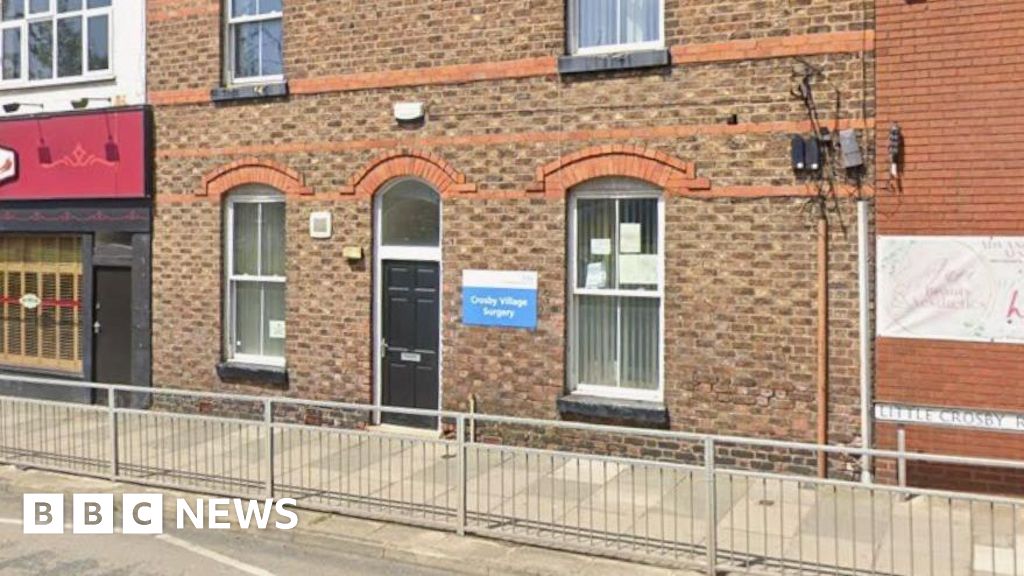
A GP practice deemed “unsafe” and “no longer fit for purpose” has been permanently closed down by NHS bosses.
Services were terminated at Crosby Village Surgery by the NHS Cheshire and Merseyside Integrated Care Board (ICB) after a period of temporary closure and following several reviews.
Councillors at Bootle Town Hall were told the providers running the surgery, Crosby Village Surgery Ltd, had proposed to close it due to the building’s condition.
Patients will continue to be seen at two other surgeries, Crossways Practice and Thornton Practice.
Tracy Jeffes, interim place director at the ICB, told councillors the decision to close the surgery was “reasonable” due to the state of the building.
Councillor David Roscoe suggested the decision was removing a facility from a “densely populated area” and questioned whether the right infractructure was in place to meet demand.
He asked: “Is there any updates about getting some sort of health facility in that area, particularly located around Crosby village?”
Ms Jeffes responded: “At present, there isn’t a particular scheme [planned] in Crosby. As we discussed previously, there has been a limited amount of investment or capital investment available.
“I have to be honest, that has been a challenge – to improve the quality of the estate – but we’ve been trying our best to to bring investment in, to bring capital in where we can, and we’ll continue to refresh our estate plans.”

Updated on: Oct 16, 2025 10:39 am IST

One in four hepatologists in the United States screened positive for unhealthy alcohol use in a survey study conducted by UCLA. Researchers say the findings underscore the critical need for accessible physician wellness programs and…

— A digital watch that was chosen by many astronauts to wear on the space shuttle is getting a relaunch.
Seiko has announced the return of its A829 Sports 100 “Rotocall,” a timepiece worn by 40 astronauts on their NASA missions…

His voice is one of the most distinctive in pop history and now the words Freddie Mercury sang are to be given the rock star treatment in a lyric book that will also include unreleased songs and alternative versions of Queen anthems.
A Life in…
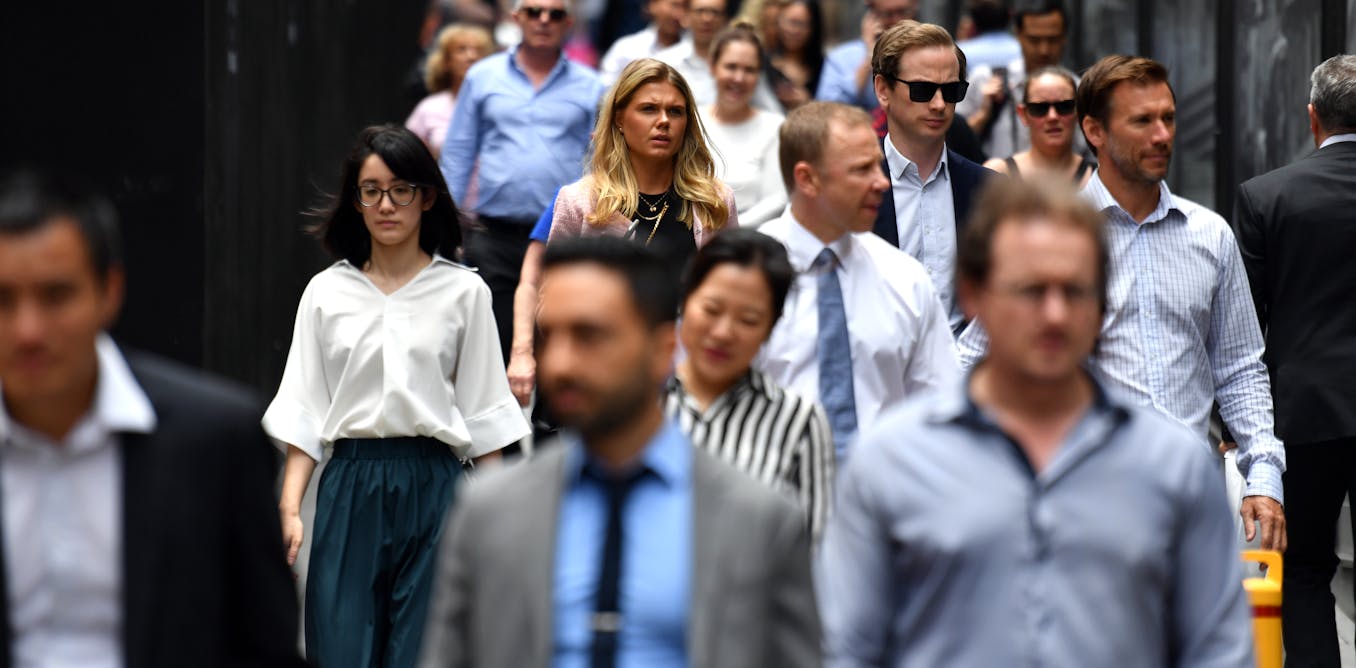
The rate of unemployment in Australia is on the rise again. Official labour force data released on Thursday shows that in the month to September, Australia’s seasonally adjusted unemployment rate jumped from 4.3% to 4.5%.
That’s the highest rate since November 2021. The surprise jump strengthens the case for the Reserve Bank of Australia to cut the official cash rate in November.
Back in November last year, the seasonally adjusted rate of unemployment was 3.9%. It has now been above 4% for ten consecutive months, and has only been going in one direction: up.
In its recent decisions, the Reserve Bank’s monetary policy board has jumped at any signs of higher price inflation. But it has retained a favourable outlook on labour market conditions.
In its most recent September decision, the board stated:
labour market conditions have been broadly steady in recent months and remain a little tight.
Such an outlook does not seem an option in light of today’s unemployment numbers.
The Reserve Bank has a full employment mandate to achieve “the maximum level of employment consistent with low and stable inflation”.
The mandate doesn’t put a specific numerical rate on this full employment goal. However, the rate of unemployment is now well above any credible estimate of full employment.
The reason why the rate of unemployment is rising is not hard to spot. Employment growth is slowing.
In 2024, my calculations based on the official labour force data show an average of 32,600 extra people became employed each month, compared with an extra 33,900 looking for work.
With growth in employment and the labour force relatively balanced, the rate of unemployment remained stable.
So far in 2025, each month only an average of 12,900 extra people have moved into employment.
The number of people looking for work has responded to the weaker labour market conditions, also growing less each month than in 2024, by 22,100 on average.
But unemployment is rising because the increase in the number of people looking for work in 2025 has been much bigger than the increase in employment.
No matter which statistic you look at, my analysis of the official labour force data reveals the signs of a weakening labour market are clear to see.
Monthly hours worked grew on average by 0.27% each month in 2024, but only 0.04% so far in 2025.
In 2024, the total stock of jobs rose by 351,600. In the first six months of 2025, it grew by just 44,100.
And the proportion of people who have jobs, but want to work more hours, has increased from 9.9% to 10.4% since the end of 2024.
The reason employment growth is slowing is not what might have been expected – but is even more worrying.
Since about mid-2021, employment growth in Australia has been propped up by a fast pace of job creation in what is known as the non-market sector, which consists of:
That growth has come about as the federal government has pushed for improvements in the quality of government services, and expanded the National Disability Insurance Scheme (NDIS) and childcare services.
It has been expected for some time that eventually, the rate of increase in government spending on services would slow. That would in turn cause growth in non-market employment and total employment to slacken.
However, that is not what has caused the slower employment growth in 2025.
In fact, today’s data release shows that growth in total hours worked in the non-market sector has continued at pretty much the same pace as in previous years.
Instead, the drop-off in total hours worked has been due to employment in the market sector declining.
Private employers are responding to what they see as weaker economic conditions, by reducing the rate at which they are adding new jobs.
This is a further undeniable sign of a weakening labour market.